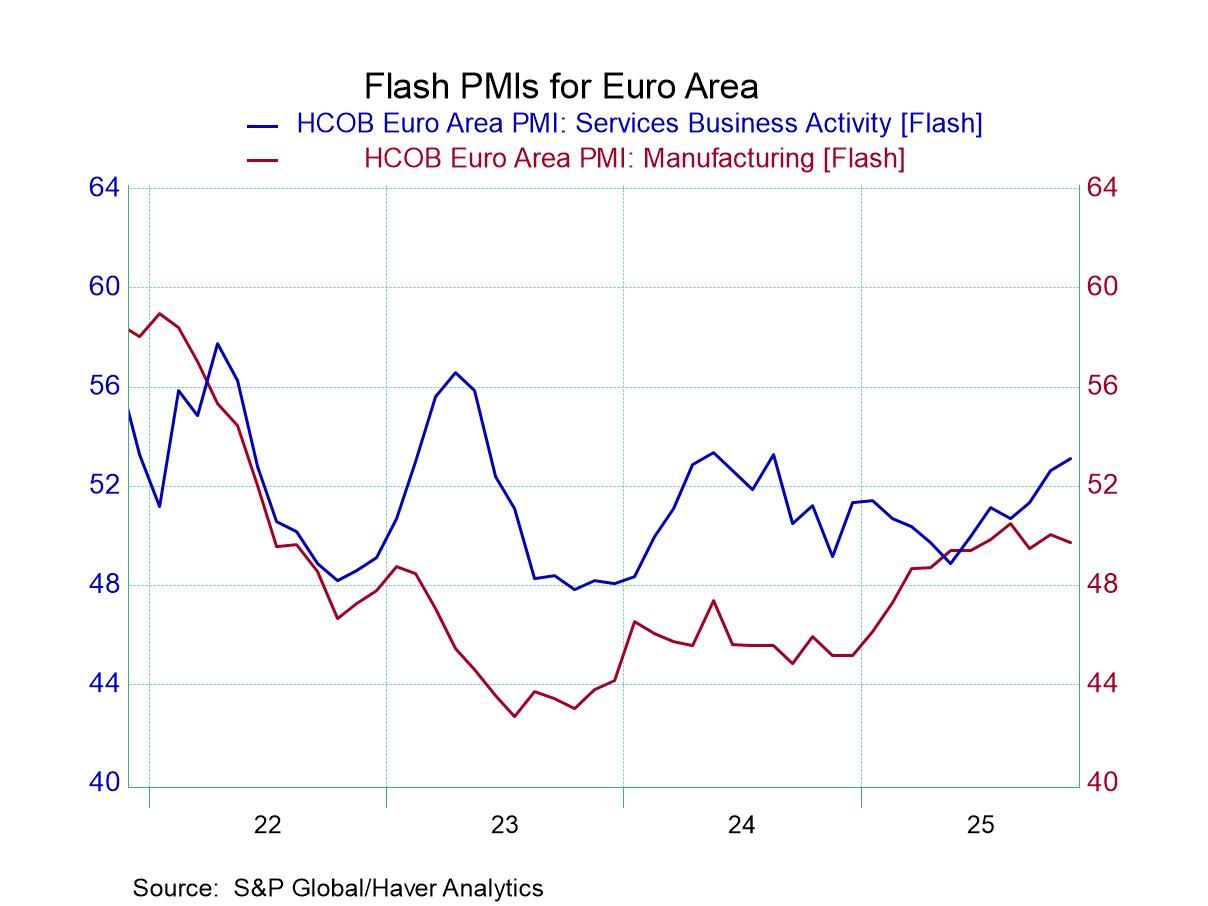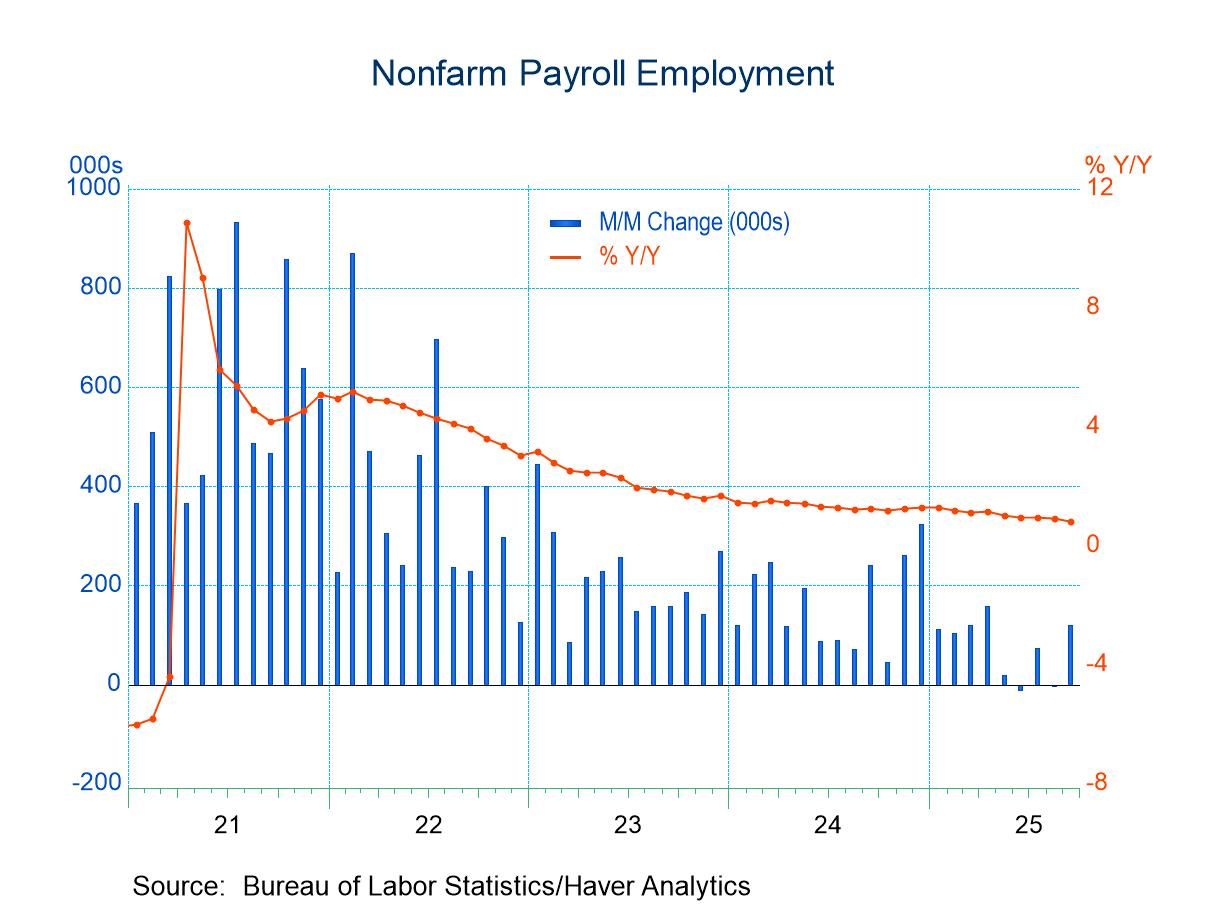German IP Struggles

IP in Germany remains pressured- Industrial production in Germany is under pressure. Production declined in each of the last FIVE months, three of them presented in this table. Consumer goods production is down in two of the last three months. Capital goods production is down in two of last three months and intermediate goods production is down in two of the last three months as well. Do you see a pattern here?
Trends show continued weakness and some step up in the pace of deterioration- In addition, sequential growth rates show that the growth rates over three months and six months have weakened compared to 12 months. Overall 12-month growth is at -3.4% with industrial output growth over six months at -7.4% annualized and at -6.9% annualized over three months. The numbers stop short of signaling a clear ongoing deceleration but do not miss it by much. For consumer goods, sequential growth rates progress from bad to even worse. For capital goods, the trend is a little more erratic with a decline of 0.8% over 12 months, a bigger decline at a 6.6% annual rate over six months and then flat performance over the last three months. Intermediate goods show sequential deterioration with annualized growth rates running from -4.5% over 12 months, to -6% over six months, to -7% over three months.
Other industrial gauges weaken- These IP trends dove-tail with the weakness we have seen in some of the earlier releases on real manufacturing orders and real sales in manufacturing.
Surveys weaken- Manufacturing surveys have weakened as well with the ZEW current index showing sequential deterioration, along with the IFO manufacturing index, IFO manufacturing expectations, as well as the EU Commission industrial survey. Any way you seem to slice the statistics, they seem to be weak and getting weaker.
Other Europe is mixed- Early manufacturing results for a few other European countries (at the bottom of the table) show trends for Portugal, Spain, France, and Norway. These reveal production increases in October after widespread declines in September and mixed declines in August. Sequential growth rates for other Europe tell a mixed story as Spain and Norway show clear accelerations in train, France shows a clear deceleration in train, and Portugal shows a mixed trend anchored by declines in output over 12 months and three months.

Central banks challenged by events- The ECB is facing challenges because the economic statistics clearly are weaker. However, inflation is just as clearly over the top of its target and at the same time inflation is also clearly decelerating. The ECB faces the same challenge as the Fed in the U.S., with a similar declining trend in inflation, and with inflation still too high, but with a weaker economy in Europe than what the Fed has in the United States. These circumstances make the decision for the ECB even harder. For now, the ECB seems determined to make sure that it's not going to make ‘the same’ inflation mistake again; it seems like it might be prepared to wait a little bit longer before cutting rates to make sure inflation is clearly continuing to decelerate rather than rolling the dice on the inflation trend continuing to go down with inflation still so significantly above its target. In the U.S., the Fed’s choices in this regard remain guarded and elusive – certainly not clearly expressed. The Fed is focused on its determination to hit its 2% target in the unspecified long run. We are at a point in the global business cycle where we may see central banks faced with roughly similar circumstances making very different policy choices- it's something to keep an eye on. The era of synchronization could give way to the era of different strokes for different folks.
Robert Brusca
AuthorMore in Author Profile »Robert A. Brusca is Chief Economist of Fact and Opinion Economics, a consulting firm he founded in Manhattan. He has been an economist on Wall Street for over 25 years. He has visited central banking and large institutional clients in over 30 countries in his career as an economist. Mr. Brusca was a Divisional Research Chief at the Federal Reserve Bank of NY (Chief of the International Financial markets Division), a Fed Watcher at Irving Trust and Chief Economist at Nikko Securities International. He is widely quoted and appears in various media. Mr. Brusca holds an MA and Ph.D. in economics from Michigan State University and a BA in Economics from the University of Michigan. His research pursues his strong interests in non aligned policy economics as well as international economics. FAO Economics’ research targets investors to assist them in making better investment decisions in stocks, bonds and in a variety of international assets. The company does not manage money and has no conflicts in giving economic advice.





 Global
Global
